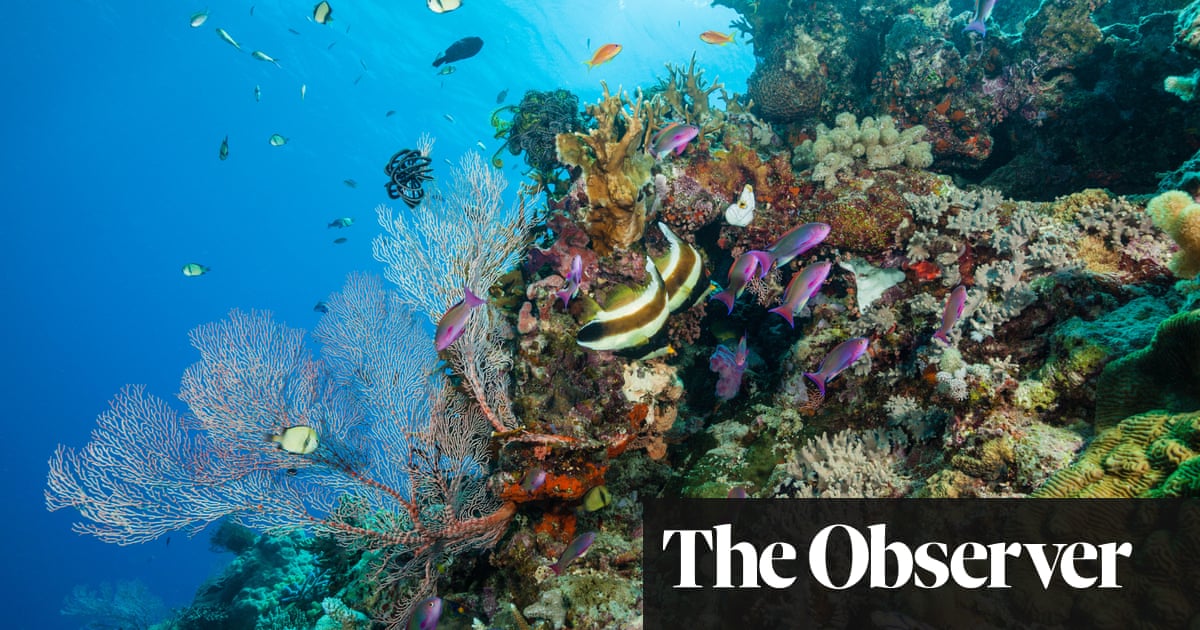It is one of the least understood processes in nature. How do two very different species learn to live with each other and create a bond, known as symbiosis, which can give them a powerful evolutionary advantage?
Coral reefs are the most spectacular manifestations of symbiosis – and understanding the mechanics of this mutual endeavour has become an urgent task as global warming has triggered the widespread collapse of reefs across the planet.
In a bid to halt this destruction, an international group of researchers led by the Wellcome Sanger Institute is working together on the Aquatic Symbiosis Genomics (ASG) project. Powerful DNA sequencers are now unravelling the genetic secrets of coral, data that could be vital in saving the world’s reefs, and understanding the mysterious processes that drive symbiosis.



Wild species are extremely good at adapting to evolving conditions. Their ability in this is many more times more powerful than any developments these searchers will produce.
On the other hand, researchers are very good at convincing themselves that they should have more money … well, sometimes they are right.
Evolution is famously slow though. And there is a deadline here, so to speak… Human technological advancement on the other hand is famously fast, and constantly accelerates.
In other words, even if this is an overly optimistic plan today, it wouldn’t be overly optimistic in 5 years or so. And if it would be feasible in five years, then now is a great time to start working on it.
This reminds me of the human genome project, the effort to sequence the entire human genome. This was an international program started in 1984, sequencing really started in earnest in 1990, and by 1999, after fifteen years, they had only 10% of the genome sequenced. But just four years later they declared the project “complete” with 92% of the genome sequenced. Comparing those final four years to the previous nine years, you get a 1800% increase in speed.
i like your explanation and i even see one more way you are right about this (and i was wrong) : while it might be a long shot investing in this research, the cost of this is minimal compared to the benefit. So, it’s worth the shot (even if the chances of success are … hum … unknowable for now)
Actively breeding is much faster than evolution, and the current rate of change is too fast for evolution to keep up. Eventually something new will fill the niche, but that doesn’t help humanity.
Thanks for your reply. You are probably right and I was commenting in frustration about researchers not giving enough credit to nature’s capabilities.